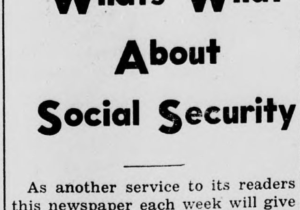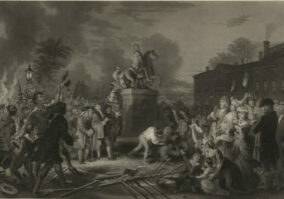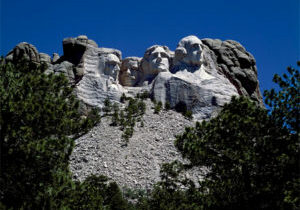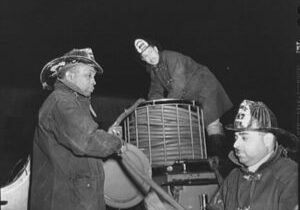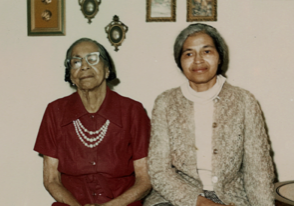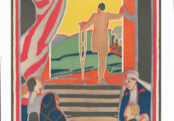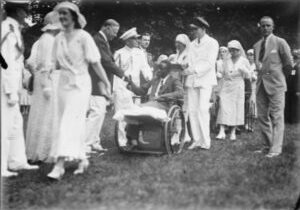Lesson Plans
Rosa Parks: A Proud Daughter
Students develop literacy skills as they analyze a greeting card to investigate families and the emotions they express and get introduced to civic activist and change maker Rosa Parks. The teacher's guide includes ideas for making connections to historical inquiry through further investigations of greeting cards in the Library's Rosa Parks Papers collection and applying what they learned by creating a card for a leader or relative who has done something unique or important for them.
